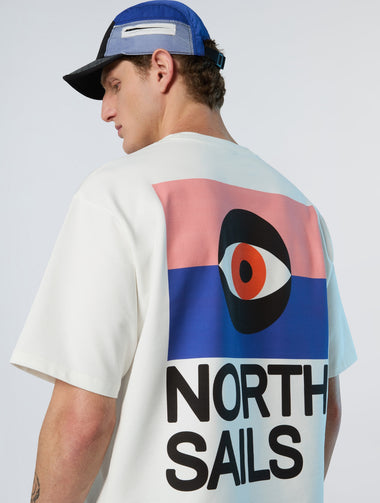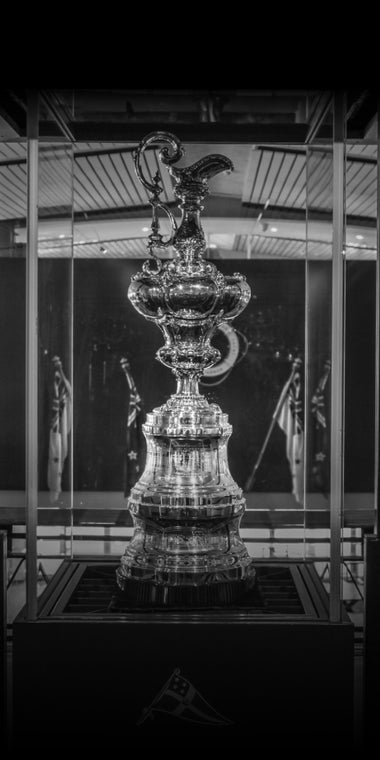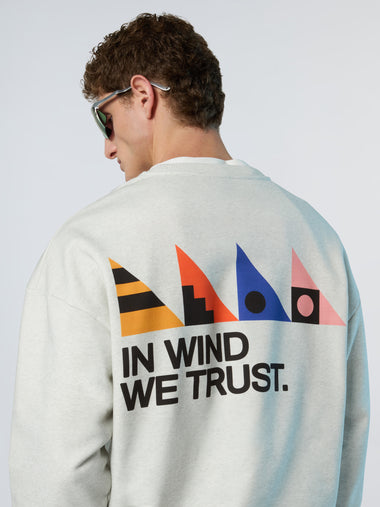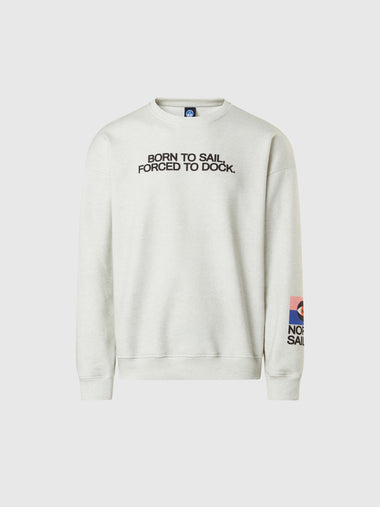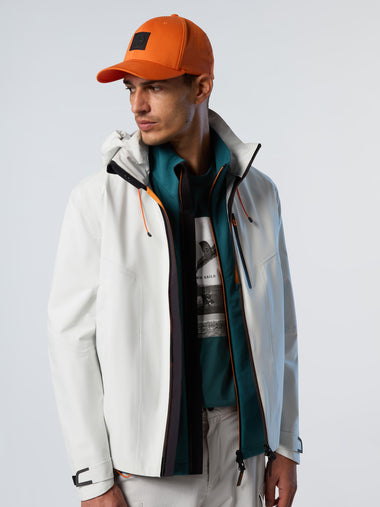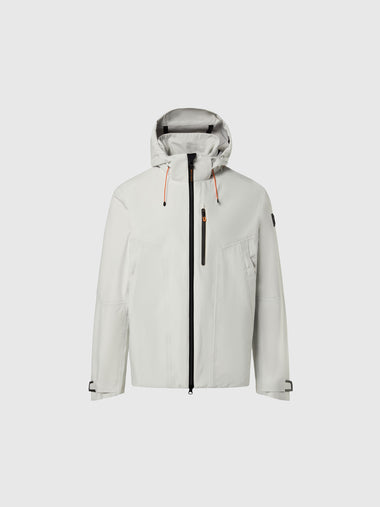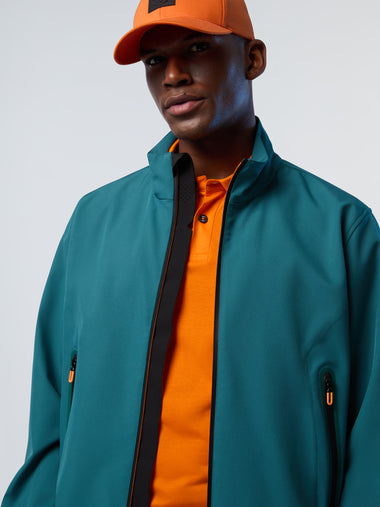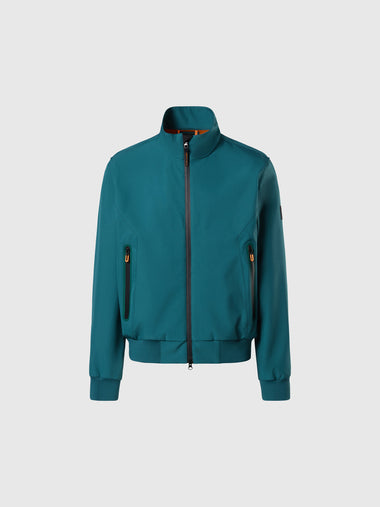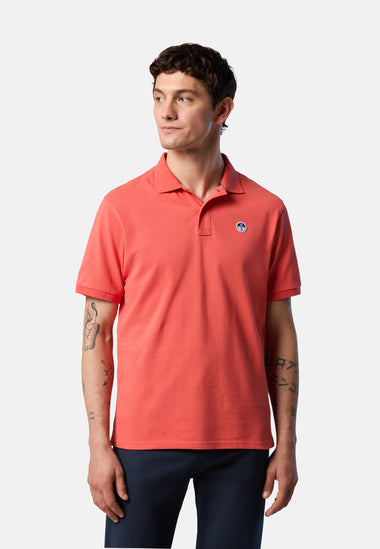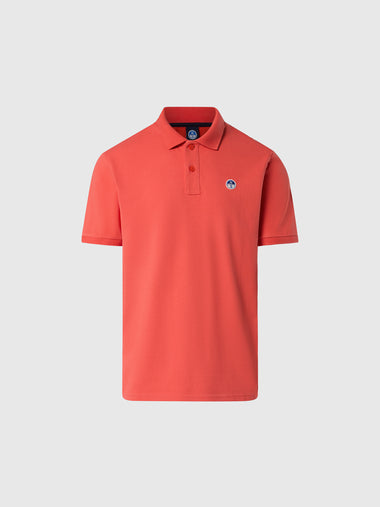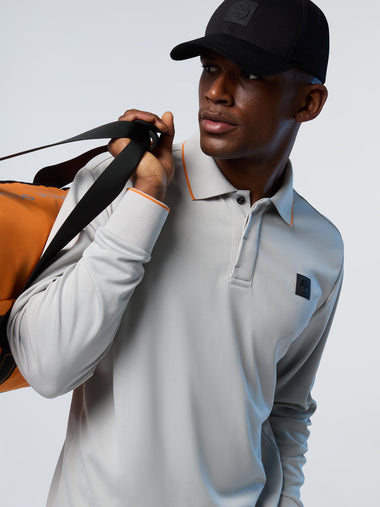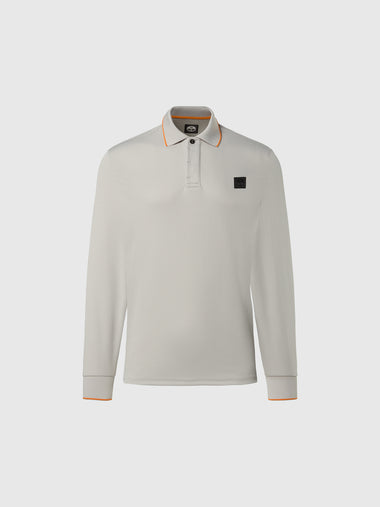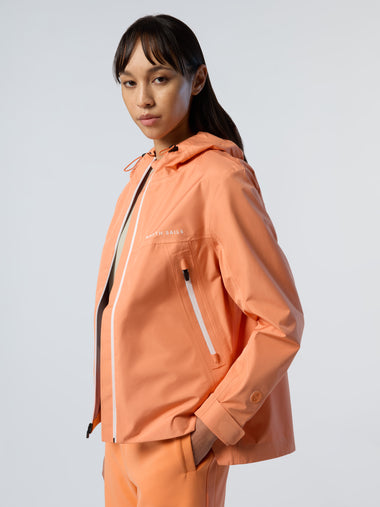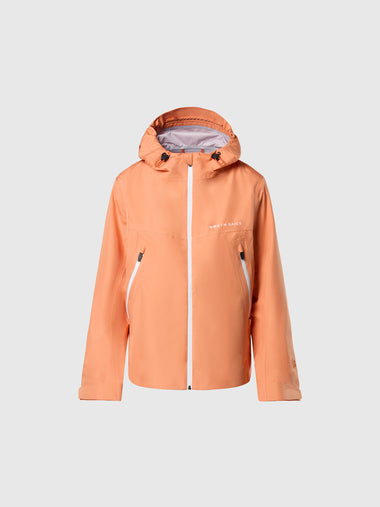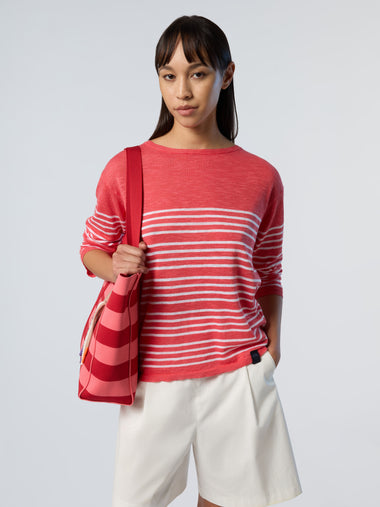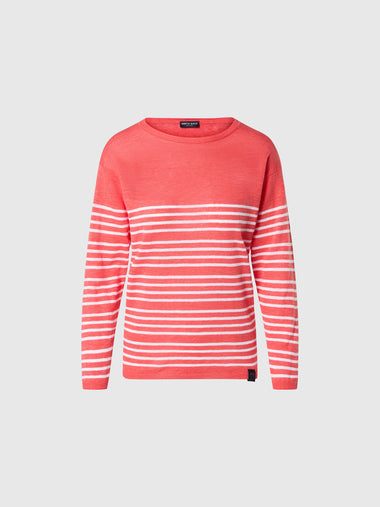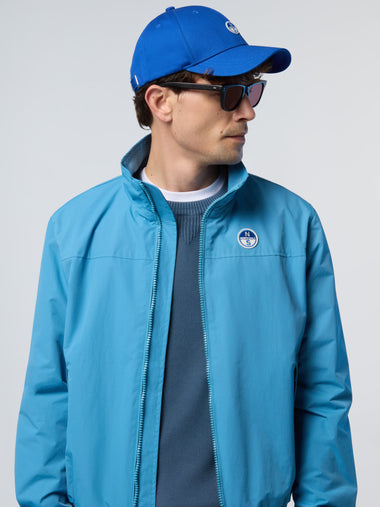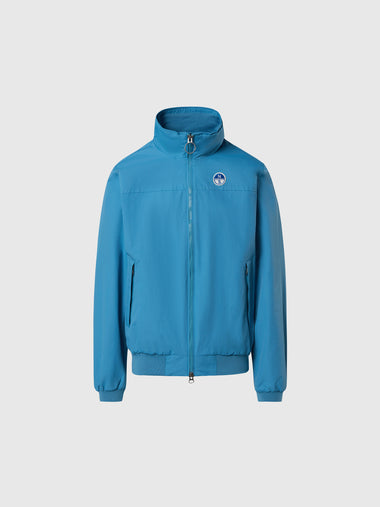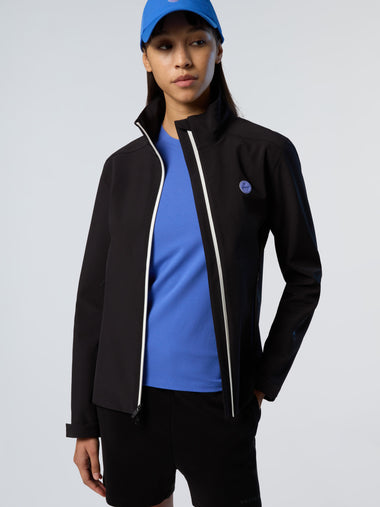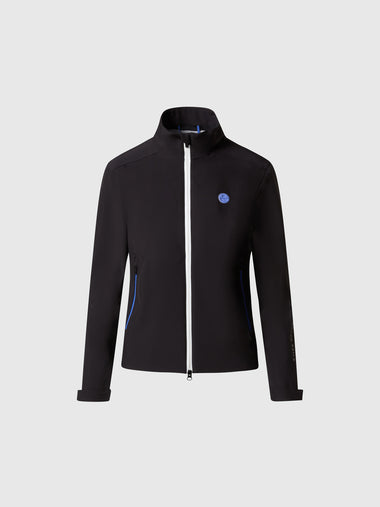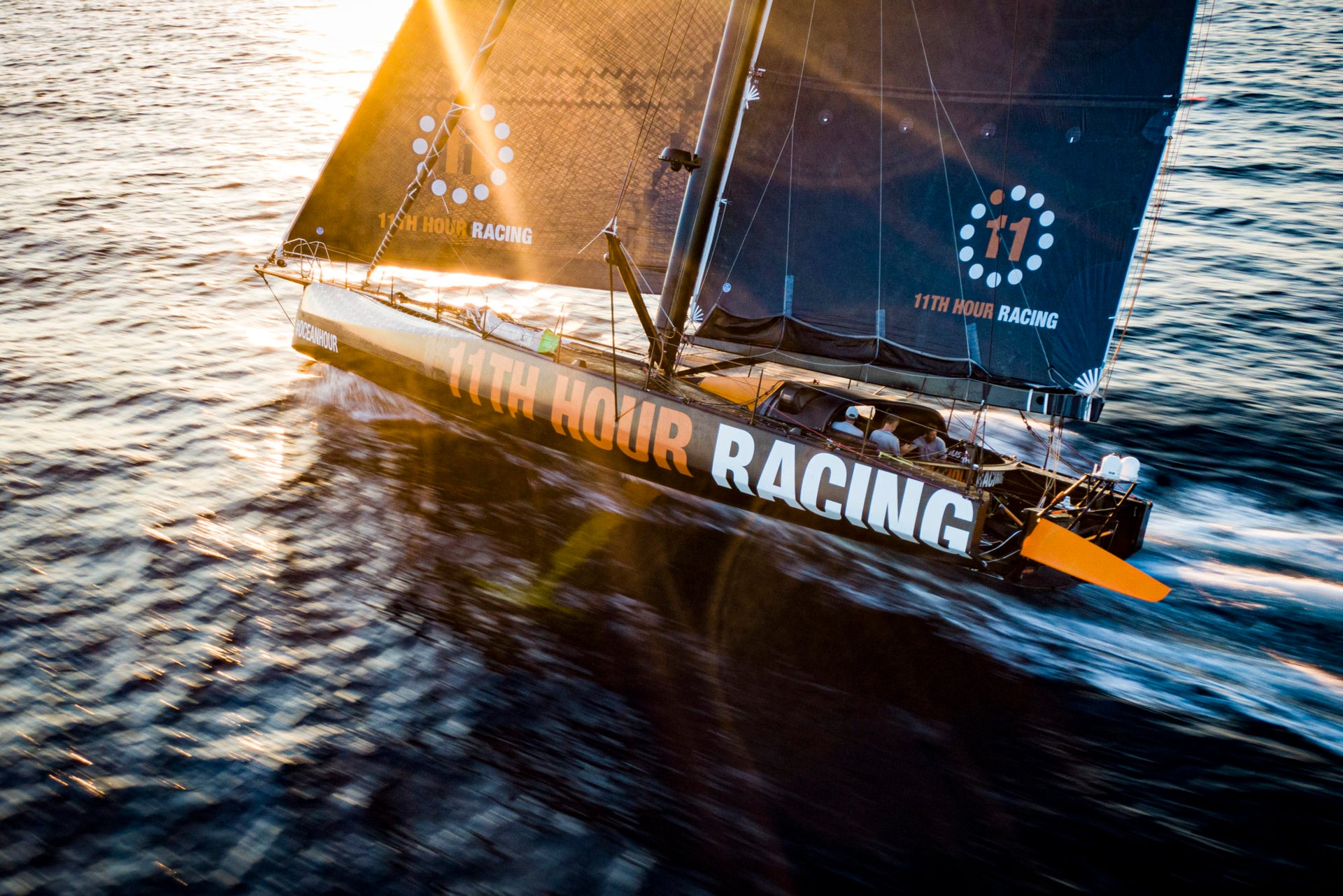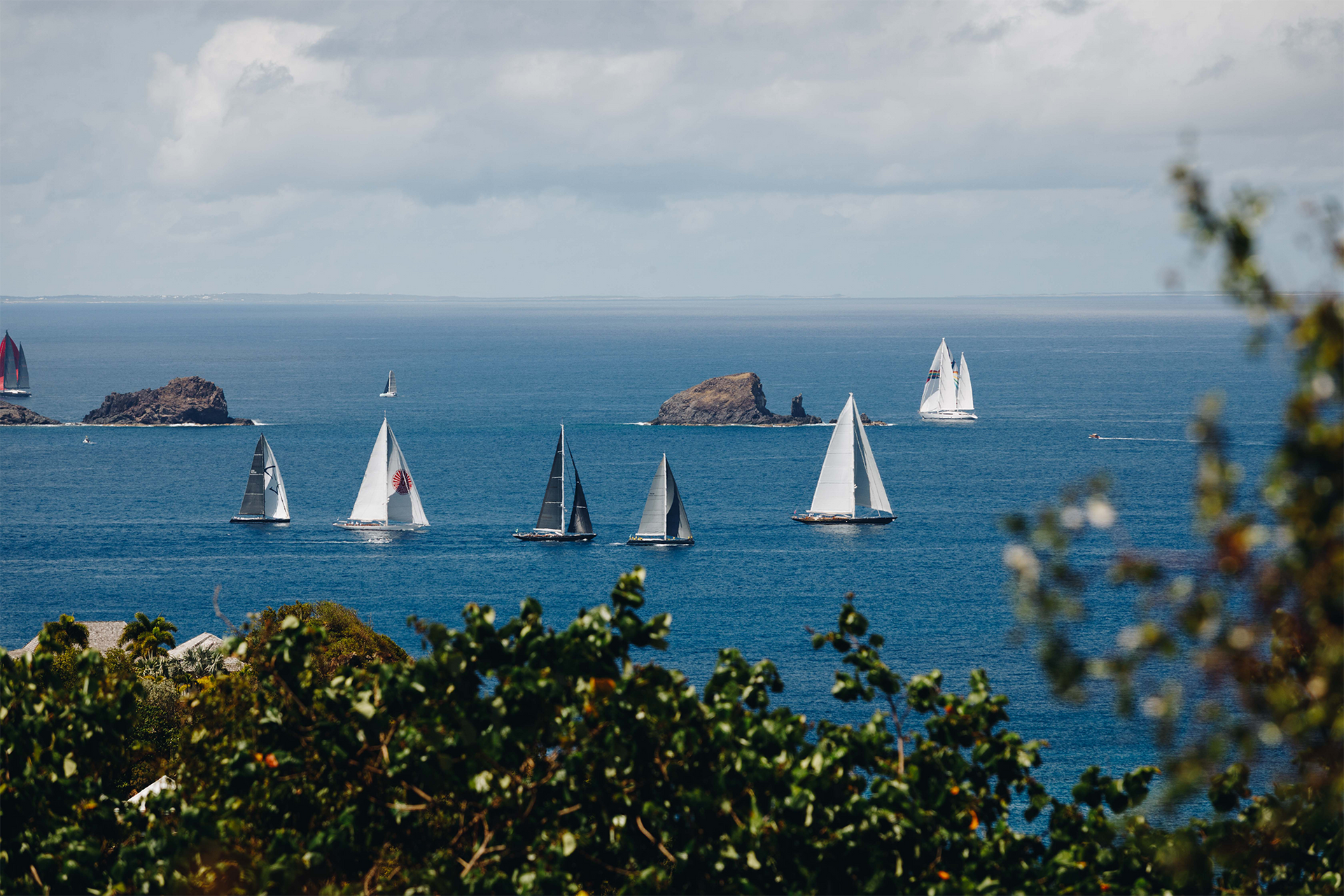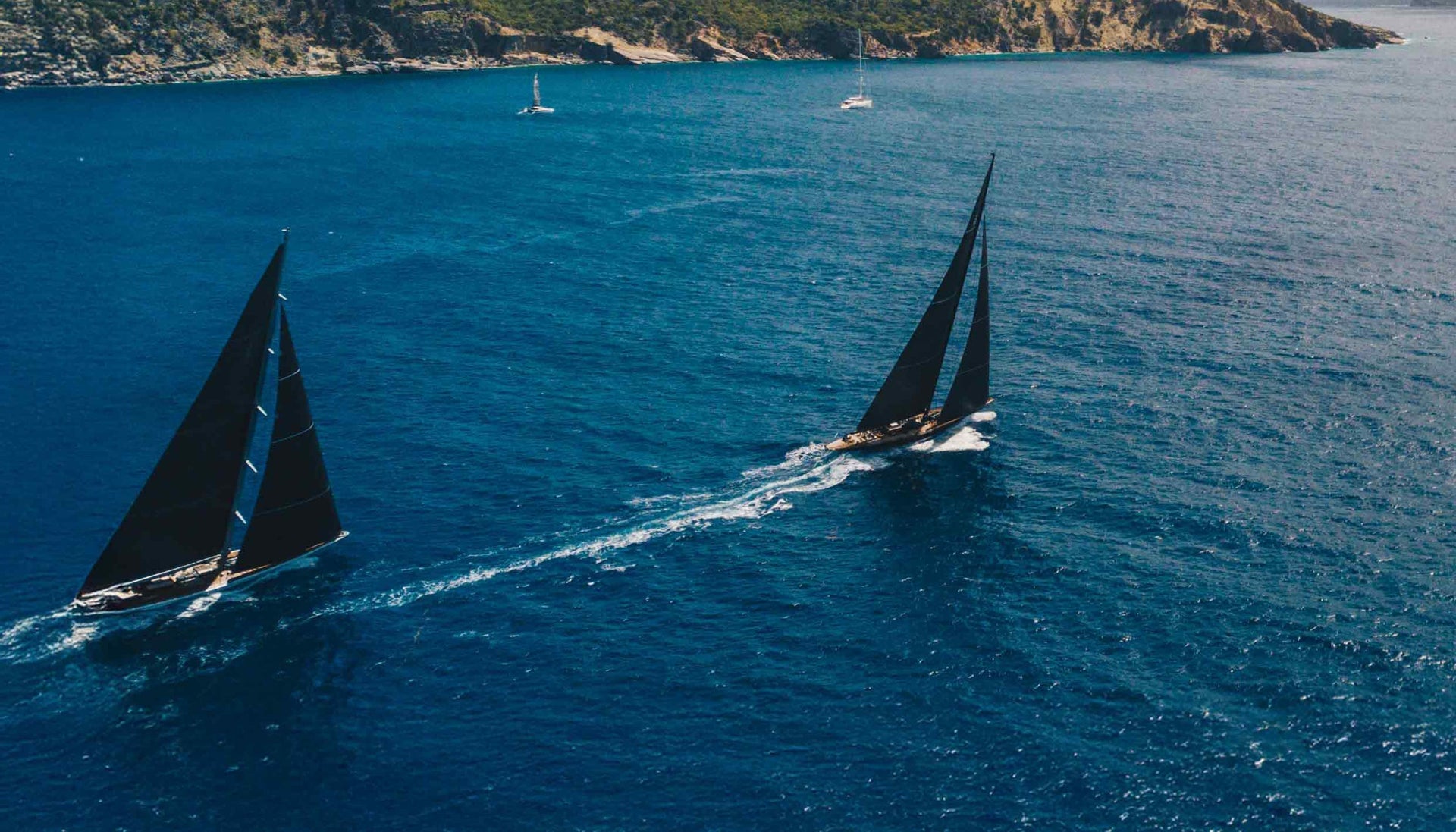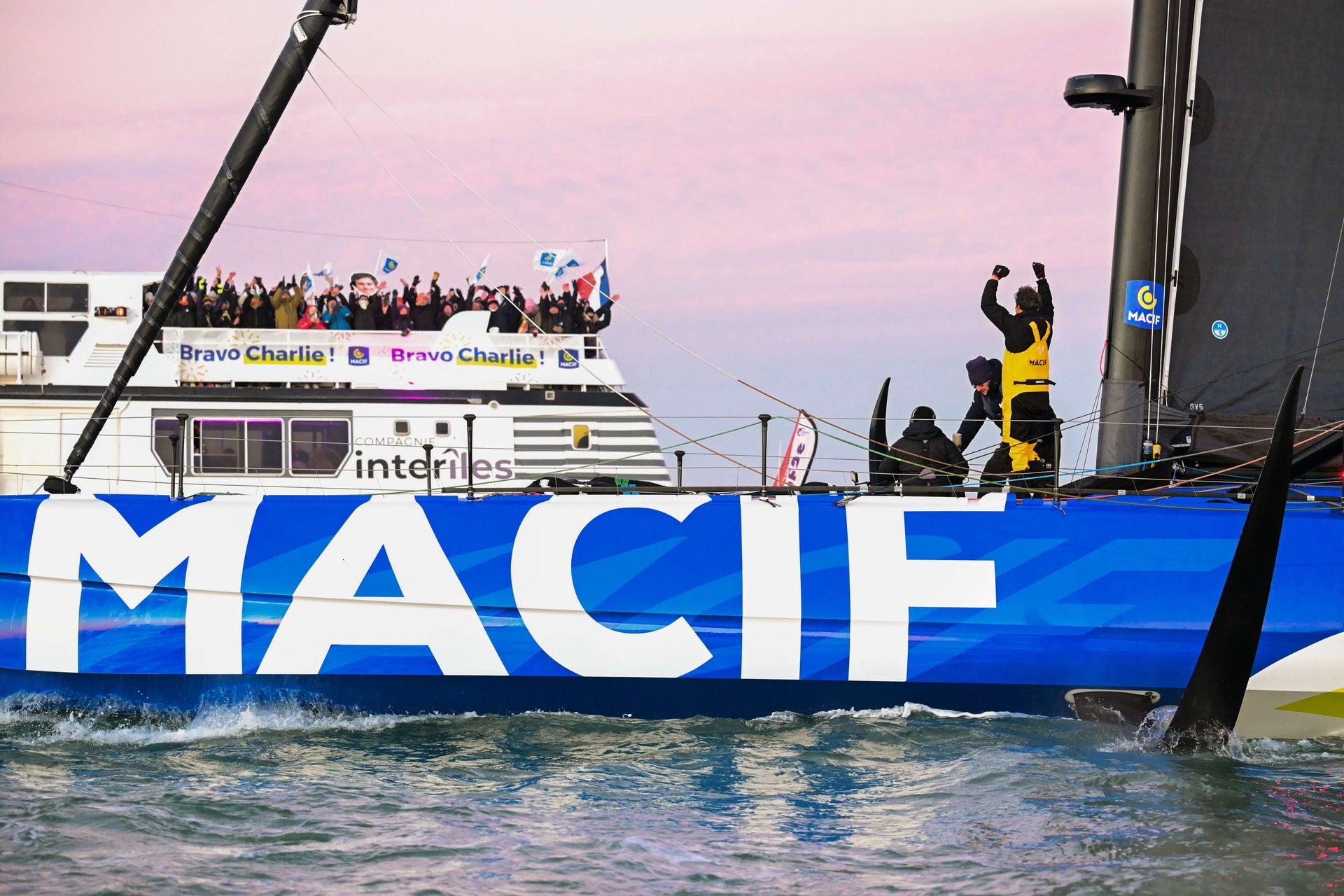KEEPING UP WITH CHARLIE ENRIGHT
KEEPING UP WITH CHARLIE ENRIGHT
North Sails Caught Up With the 11th Hour Racing Skipper on His Transat Delivery and Prepping for The Ocean Race Summit in Newport, RI.

Charlie Enright is a busy guy if he’s not gearing up for The Ocean Race learning his new IMOCA platform, he’s spearheading a sustainability campaign or collaborating with his team. North Sails managed to secure a few minutes with the 11th Hour Skipper ahead of The Ocean Summit in Newport and training on Narragansett Bay.
North Sails: Tell us about delivering the boat to Newport.
It was an eventful delivery with a new foil: it was wet, it was wild, it was upwind. It felt like a totally new boat with the new foil. Life onboard was tough, too – there were six of us,
You’ve gone around the world several times now. You’re learning a new boat. How has that been for you? Stepping away from the Volvo 65 and jumping into the IMOCA Class?
In our last two trips around the planet, we were racing in one-design boats so the IMOCA brings a level of development that we’re not familiar with. The design and the technological aspect is certainly a big step up, but one that we’re embracing and immersing ourselves int. The journey so far has been really rewarding.

As far as being hands-on with designing the boat and the sails, what have you picked up that’s different from your last two campaigns?
Well, it’s always a fine line between science, naval architecture, engineering, and then feedback from onboard. So I think managing that relationship is key. Making sure that everyone is getting the information they need to make the best decisions. From there, we test and ratify those decisions on the water, essentially in the form of boat speed.
What is an example of a project you’ve worked on with North sail designers? What kind of adjustments are made in the typical sail design process?
Whether it’s sail shapes or sail sizes, there’s the science that goes into it. Then you have to construct it and then go out there and do the work. So I’d say that right now, we’re more in the geometry phase opposed to the finer details. We’re painting with a broad brush right now before we jump into the nitty-gritty because there’s just so much that you can explore with tack locations, heights, areas, overlaps, LPs. We’re going big in these beginning stages as the race start is two years away.
You’ve been a team leader during this entire process. How have you stepped up in a different way from a one-design platform with the rest of your group to getting your team on the same page while you’re also learning too?
The depth of what we’re doing is much, much greater. At this point, it’s not about, do we go left or do we go right, it’s about when going left or going right what kind of foils are we going to have? What kind of sails are we going to have? The number of decisions that need to be made has increased probably 100-fold, so managing that process has certainly been challenging at times and definitely a step up from where we’ve been in the past.
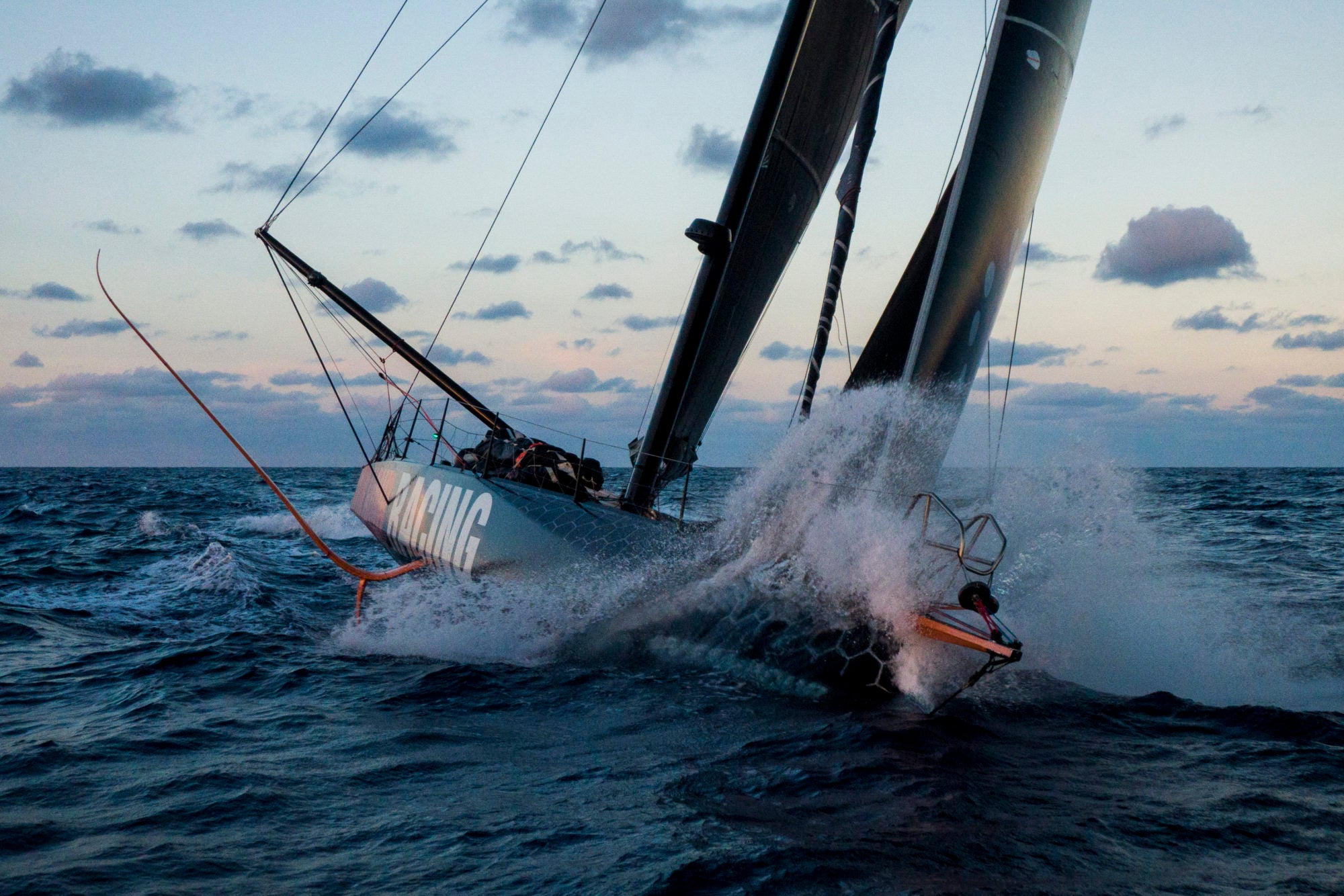
A popular question from our audience: During the TransAt, did you have the opportunity to do any speed testing? What was the top speed you’ve seen on the boat so far?
Because we were upwind all the way over, we didn’t see the speeds that we’d seen in other conditions at other times, but we’ve easily seen 36 knots, no question. With the new foil the percentage increase in speed at the angles at which we were sailing was quite noticeable too.
With the Ocean Race Summit quickly approaching on September 16th, tell us about your role as Newport local, and being able to experience this in your hometown.
We don’t take for granted the fact that we live in a very active maritime coastal community and being able to contribute to that in the form of The Ocean Race Summit is a really important milestone in our campaign. It’s important to us to be entrenched in the community and to support and work with local marine businesses sharing what we have learned on our sustainability journey. So, there’s definitely a hometown aspect to it – to be developing these innovations and strategies together while also bringing back everything we’ve learned from afar to our hometown.
We follow what a team like 11th Hour Racing is doing when you have sustainability absolutely embedded in the core of your offering, but what can marine businesses and sailors be doing in their communities?
What’s really important to remember is that none of us are perfect, but we are all citizens and we can all play a role in supporting ocean regeneration.
The first time I sailed around the world, my eyes were opened to the global problem our oceans were facing; the second time I started to consider what solutions we could be putting in place to mitigate the impact, and this time we want to be showcasing the solutions that are available and influencing change right from within the heart of the sailing industry. It’s not realistic to expect the entire sailing industry to end in order to contribute to slowing down or stopping climate change, so our task is to promote and influence change from within the marine industry by working with boat builders and manufacturers to encourage a change in mindset and processes to make systemic changes for the future.

Can you give an example of this?
One example is how we have worked with your designers at North Sails to understand the digital footprint of our sail production process. It turns out that this is a measurable percentage of the overall manufacturing footprint, which makes sense when you consider the importance of design and analysis in the innovation development of our campaign. Now we understand what this footprint is, we can work together and look at how we can improve these processes and also consider what we can be doing to restore and regenerate where we have had the impact. This is our ultimate team goal: to be net positive. We are working with all our suppliers and partners to identify areas that can be improved and how we can innovate new solutions to create that change. Thanks to the support we have from our partner at 11th Hour Racing, we can share our learnings with other teams, businesses, and events.
What’s next? I know you guys are sailing around Jamestown this weekend in the Sail for Hope Regatta, but as far as preparing for the Ocean Race, getting the boat ready, and getting the team comfortable, can you tell us any of the goalposts that you’ve set?
We’ll be sailing out of here for the next six weeks and at the end of that six week period, we’re up against some pretty big design decisions. We’re trying to gather as much data as possible while training so we’re as educated as we can be when we have to make those final calls.
Coming from the Volvo 65 full-send into the IMOCA, are you nervous?
No, not really. Last summer in some ways was a bit intimidating because it was a new class and a new race format. I sailed doublehanded from France to Brazil, which is something I wouldn’t have dreamed of doing five years ago, but I think now that we’ve got some more bodies on the boat, it feels a little bit more natural and more like the sailing that we’ve all done in the past.


